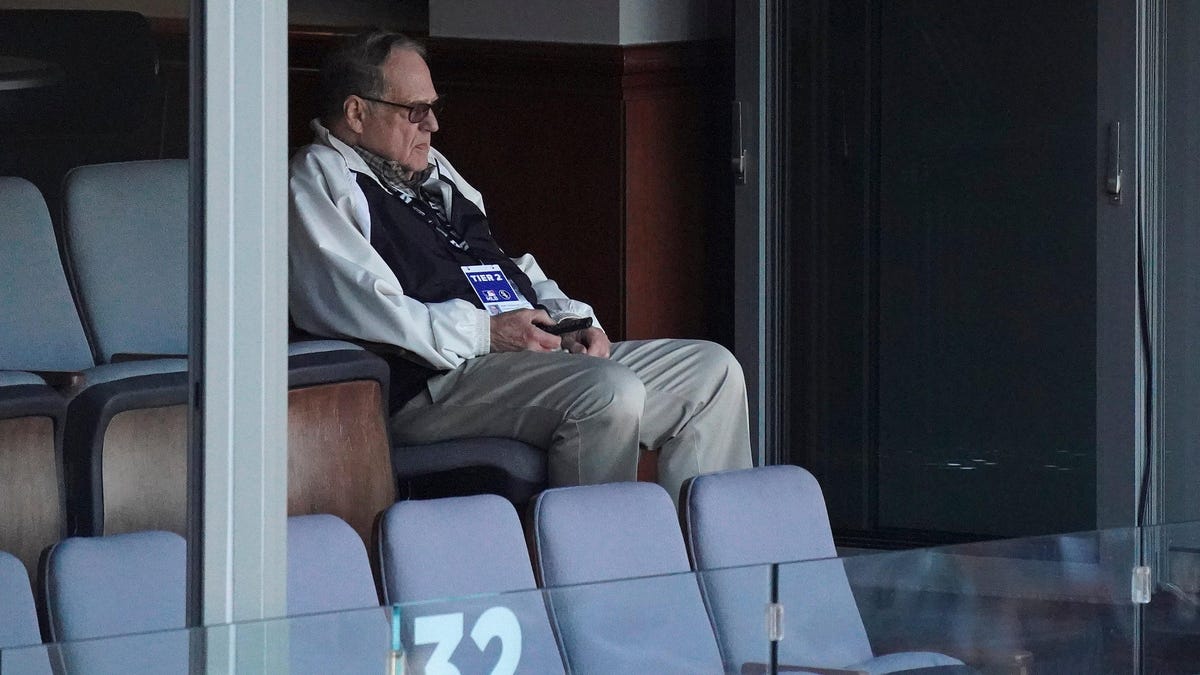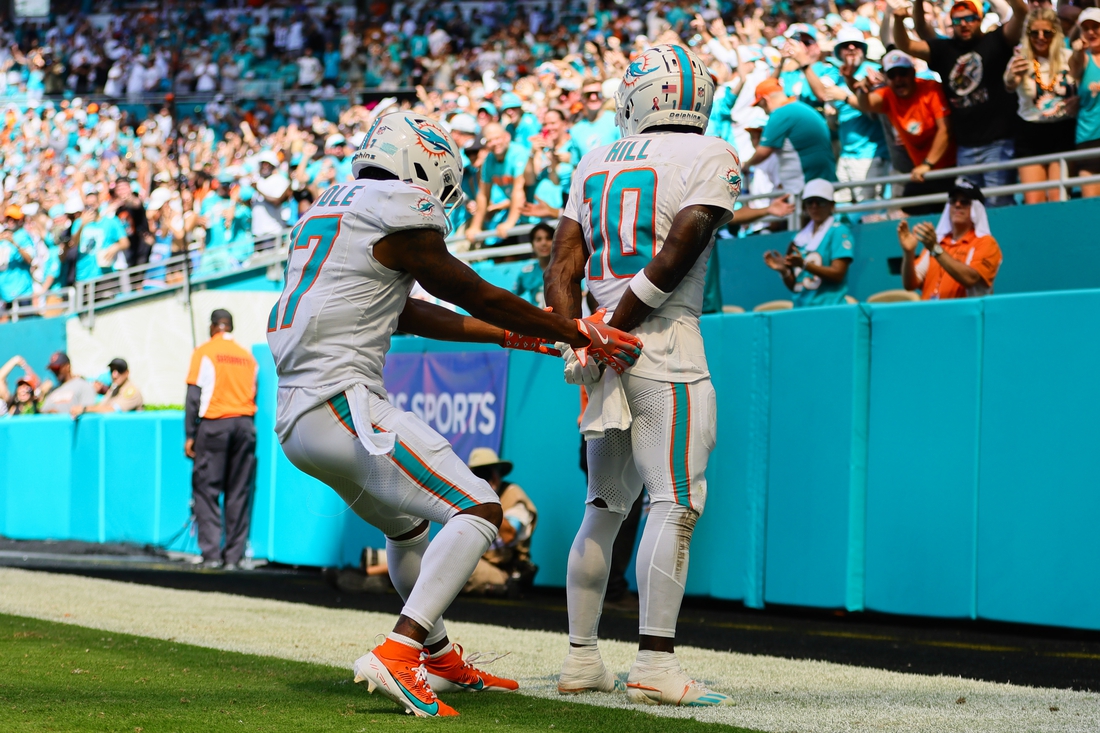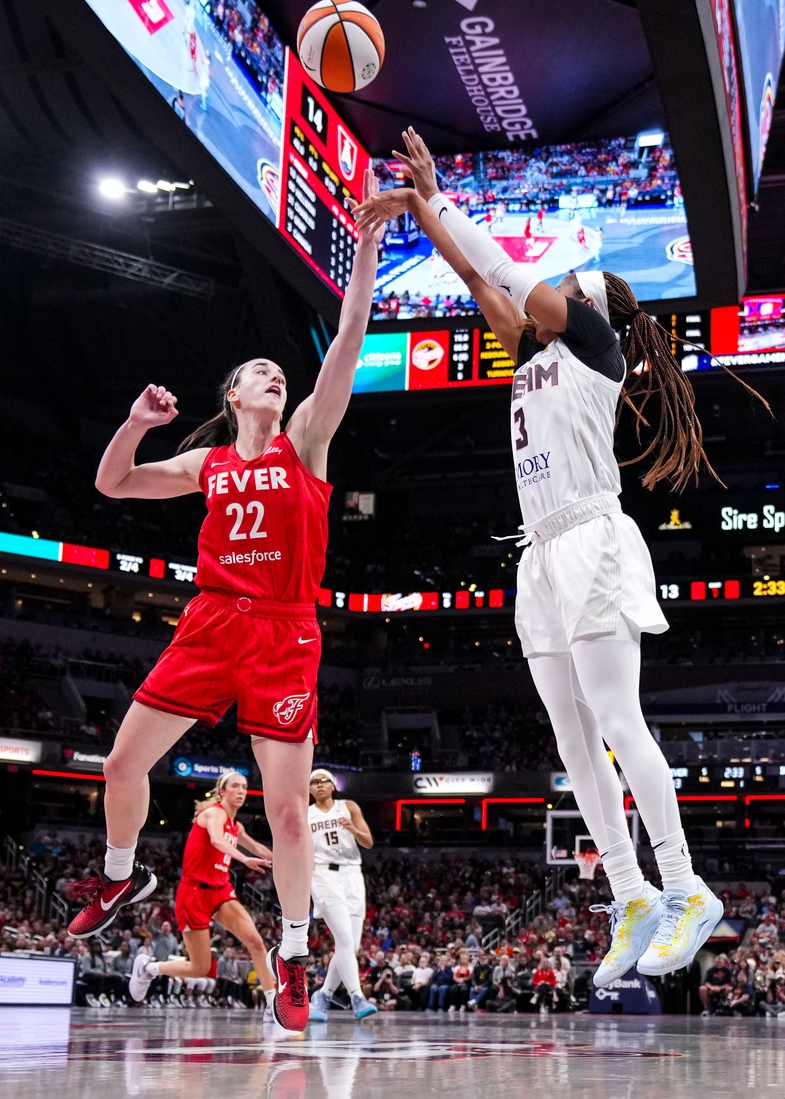Another day, another billionaire casually asking the taxpayers of his city for a billion dollars so he can get even more money than he already has.
This time, the culprit is Jerry Reinsdorf, who made his fortune in real estate partnerships. He sold his company, Balcor, to American Express in 1973. Since then, Reinsdorf has purchased both the Chicago White Sox (worth approximately $2.05 billion) and the Chicago Bulls (valued at around $2.5 billion). Reinsdorf, 87, is certainly not hurting for cash.
Now the team owner wants the State of Illinois to kick in $1 billion for a new White Sox stadium — including housing, hotels, bars, restaurants, and a 4,000-space parking garage — in a vacant 62-acre plot in Chicago’s South Loop.
He gets points for not wanting to build on land already occupied by small businesses — like the Kansas City Royals are trying to do — but in Chicago, Reinsdorf’s name is still synonymous with the deal he managed to swing to get New Comiskey Park built back in 1991.
According to the Chicago Tribune, the Illinois Sports Facility Authority, a governmental body that was created in order to fund Reinsdorf’s stadium the first time around, is still on the hook for $50 million of the cost for the Sox’s current stadium and $589 million on the 2002 renovation of Soldier Field. Did I mention that Reinsdorf has billions?
You read that correctly. The state isn’t done paying off the last stadium it built and renovated for Reinsdorf — and he’s already asking taxpayers for a new one. The costs of building and renovating Guaranteed Rate Field, where the Sox currently play, and renovating Soldier Field, were supposed to be paid for by a two percent tax on hotel occupancy, but that revenue has fallen short the last two years, forcing the City of Chicago to pay $36 million to make up the difference. I promise if you were privy to the never-ending news stories about the lack of resources and crumbling infrastructure in Chicago Public Schools, this tidbit would send you into a blind rage. In Chi-Town, there never seems to be enough money to cover things like dilapidated and overcrowded schools or to build more affordable housing. But hey, if you want to build a sports stadium or make a bid for the Olympics, lawmakers are all ears. The pitch always comes with promises of revitalizing blighted neighborhoods and the taxpayers at least breaking even, but somehow those perks never seem to come to fruition.
Reinsdorf, of course, has lots of opinions on how the city and state can help pay for his latest moneymaker, and he headed to the state capitol this week to try to cajole lawmakers to back his plan. According to multiple reports, no one has discussed funding just yet, and when asked about the financial specifics of his plan, Reinsdorf curtly told reporters, “Come on, that’s enough fellas.”
Enough indeed.
Here are some facts about Chicago that the rest of the country might not know. The city has spent $138 million in taxpayer money to attempt to care for the busloads of migrants that Texas Governor Greg Abbott has been systemically shipping up to Chicago, a punishment for the city declaring itself a “sanctuary city.” Fifty-nine million dollars came directly from city taxpayers. Twenty-five public schools in Chicago are considered “overcrowded.”
According to Illinois Policy.org, in many schools, testing revealed not a single student in some grades could read and perform math at their grade level. Chicago Police have exceeded their overtime budget in each of the last five years. Replacing the 400,000 lead pipes in the city could cost $12 billion and take up to 40 years. The Chicago Coalition for the Homeless estimates that more than 68,000 people are currently experiencing homelessness in the city.
There are plenty of things, better things, the State of Illinois and the City of Chicago could spend a billion dollars on. Given the host of problems Chicago, like any big city, is facing, octogenarian Jerry Reinsdorf should be embarrassed to even consider asking taxpayers to chip in on his vanity project.
Of course, whatever plan Reinsdorf comes up with will likely sail through the Illinois General Assembly, because too many people still believe the oft-debunked theory that brand-spanking new stadiums bring enough jobs and revenue to the area to pay taxpayers back for their contribution. But that idea, while it sounds like it should be true, has been proven false again and again.
As I wrote last week about Kansas City’s plea for public dollars to build a stadium and develop the surrounding area:
“Pro sports teams are bad business deals for cities, and yet, cities continue to fall for them,” Rick Paulus writes for The Atlantic. “Construction on the stadium might be performed by local workers, but it might not. And either way, it’s likely to be paid for off the books, without protections for workers. Even if the construction workers are local, their gigs last only a few years. Afterward, all that remains are the jobs inside the stadium—ticket sellers, vendors, janitorial staff—which are low-paid, seasonal, and few.”
The Berkeley Economic Review says that the belief that stadiums will generate more revenue than communities put into them is unfounded. “The average stadium generates $145 million per year, but none of this revenue goes back into the community. As such, the prevalent idea among team owners of ‘socializing the costs and privatizing the profits’ is harmful and unfair to people who are forced to pay for a stadium that will not help them.”
All of this begs the question of why Reinsdorf suddenly decided that his team, which has drastically unperformed on the field over the course of the past few years, needs a new stadium and surrounding “stadium village.” The Cubs have one a few miles North in Wrigley Field, and so does St. Louis, Atlanta, and a few other teams around the country. But once you remove the argument that developing a new stadium site will bring money flowing back to the city/state in spades, all Reinsdorf really has left is arguing “well those teams got one. I want one, too.” Like I said — embarrassing.
All of this before we even get to the argument that, if the White Sox want to spend a billion dollars on something, they could do with spending it on the field. A few short years ago, the White Sox had a host of young talent that was the envy of baseball, having developed and acquired players like Eloy Jimenez, Tim Anderson, Michael Kopech, Dylan Cease, Lucas Giolito, Yoan Moncada, and Luis Robert, Jr.. While the South Siders won the AL Central in 2021, they only broke even at .500 in 2022, and finished with a pathetic .377 win percentage in 2023. Who would have thought that entrusting a young and dynamic team to a sometimes-awake Tony LaRussa would end so badly?
At least teams like the Kansas City Chiefs and the Atlanta Braves look better when asking taxpayers for money for new digs — they have a recent history of winning and not embarrassing the city they play for. This is not true of the White Sox. And anyway, what’s wrong with Guaranteed Rate Field, other than they change the name every couple of years? It’s right on Chicago’s Red Line stop, it has better food than Wrigley (stop booing me, you know I’m right), and ever since they fixed the angle of the upper deck so you don’t feel like you’re about to fall face first into the infield, it’s a perfectly pleasant place to watch a ball game.
If Reinsdorf so desperately feels that he needs a new stadium with all the trappings, he should figure out how to pay for it himself. Hey, maybe sell the Bulls to an owner who cares?







